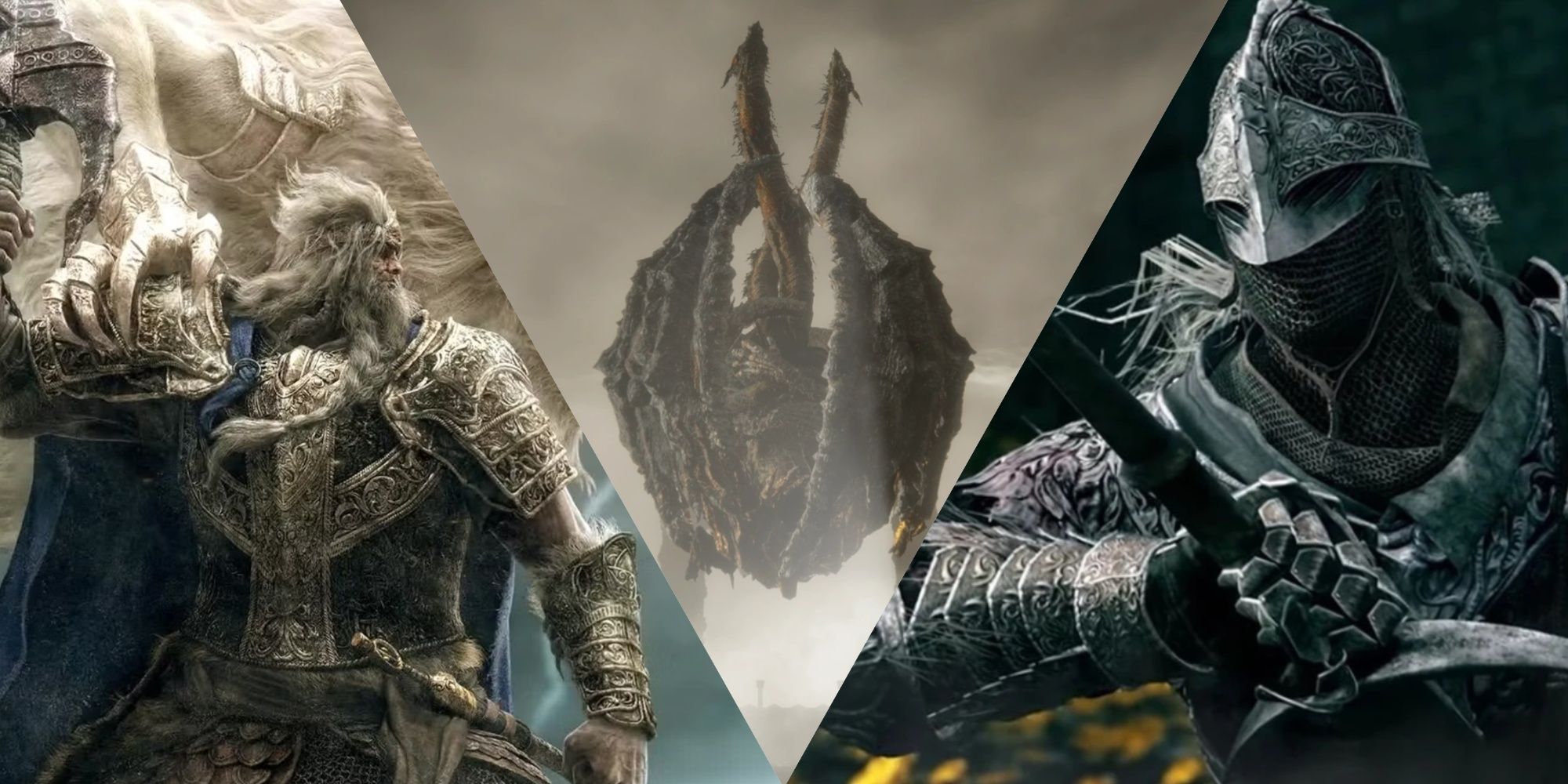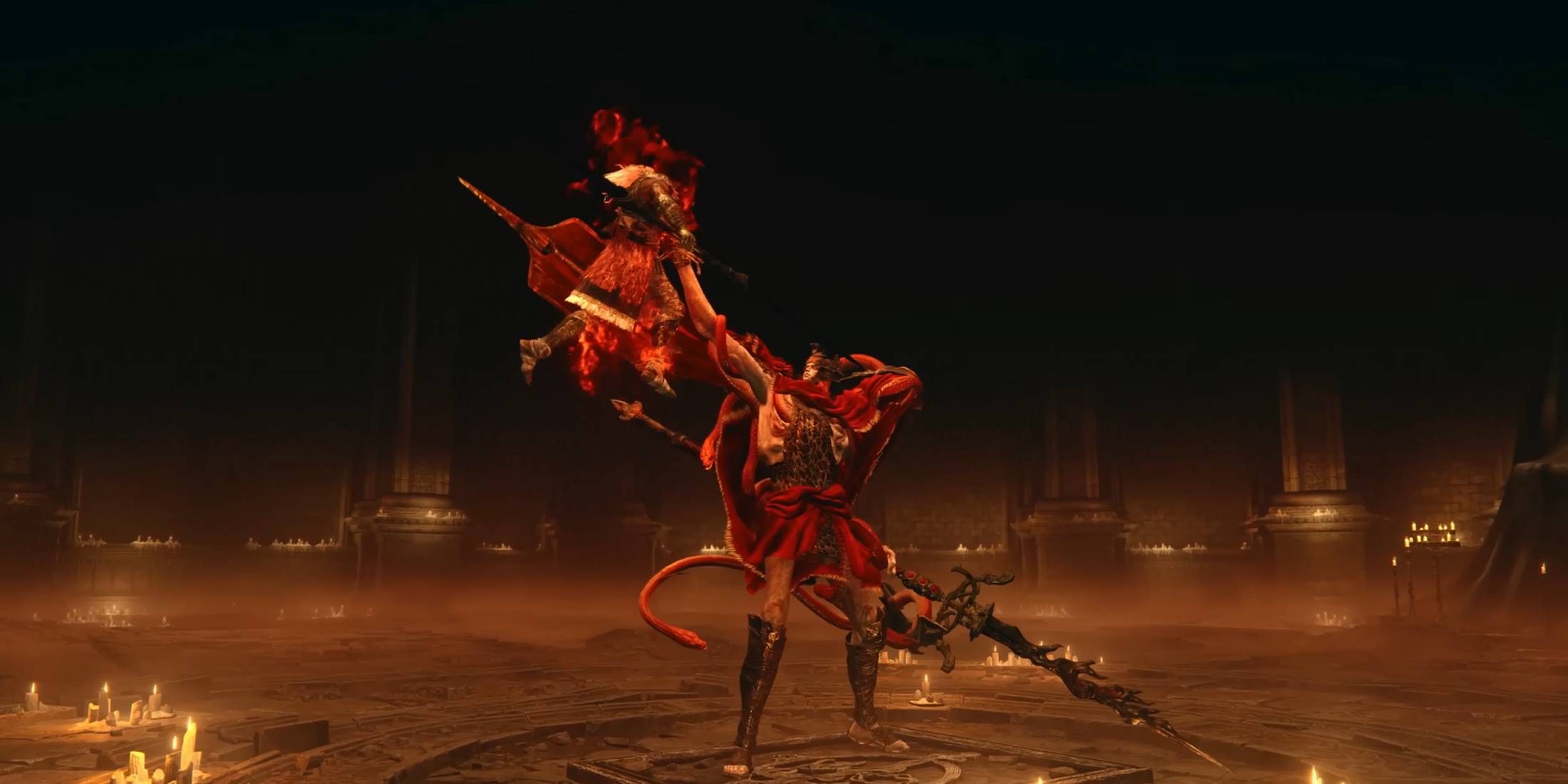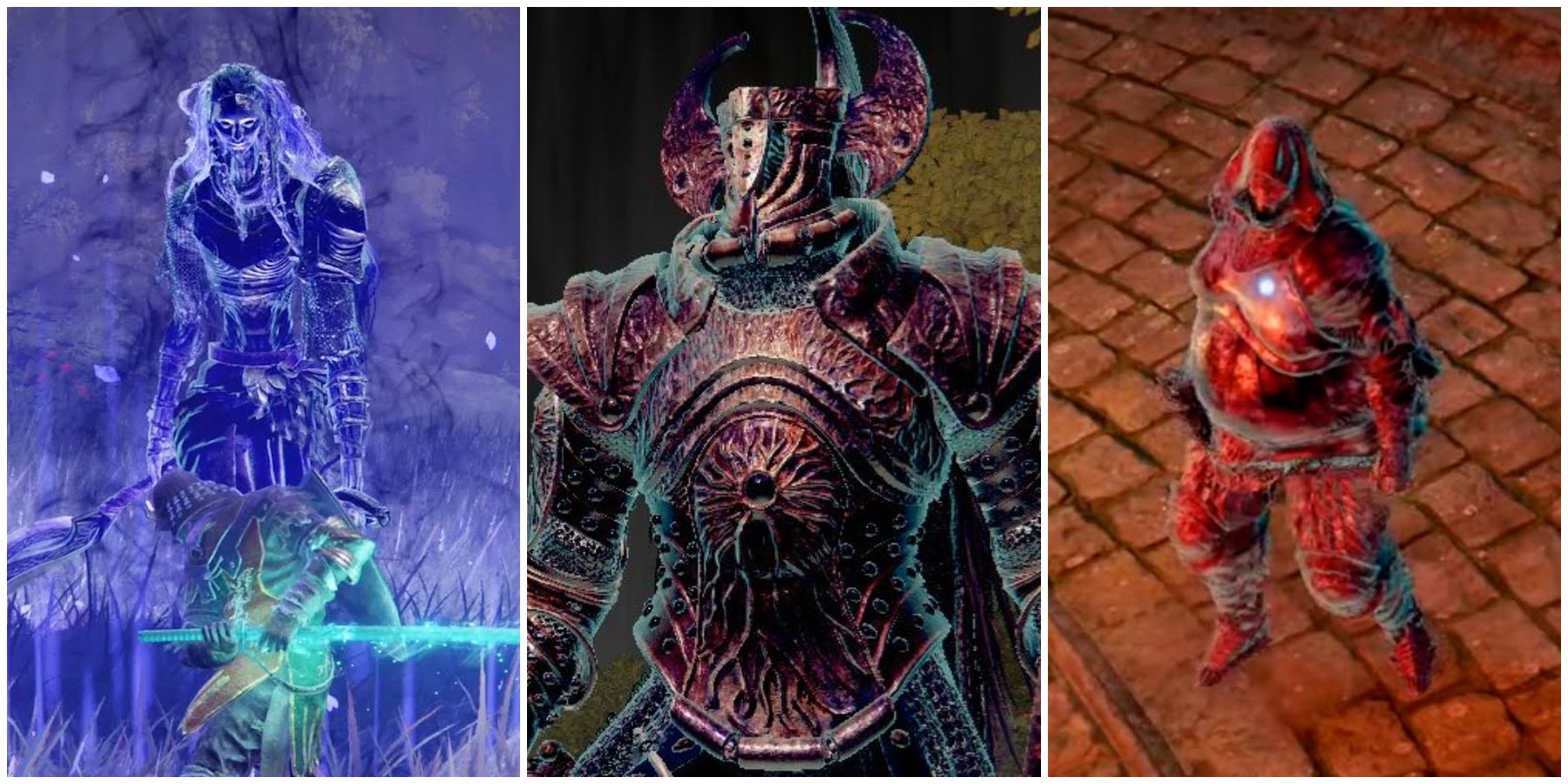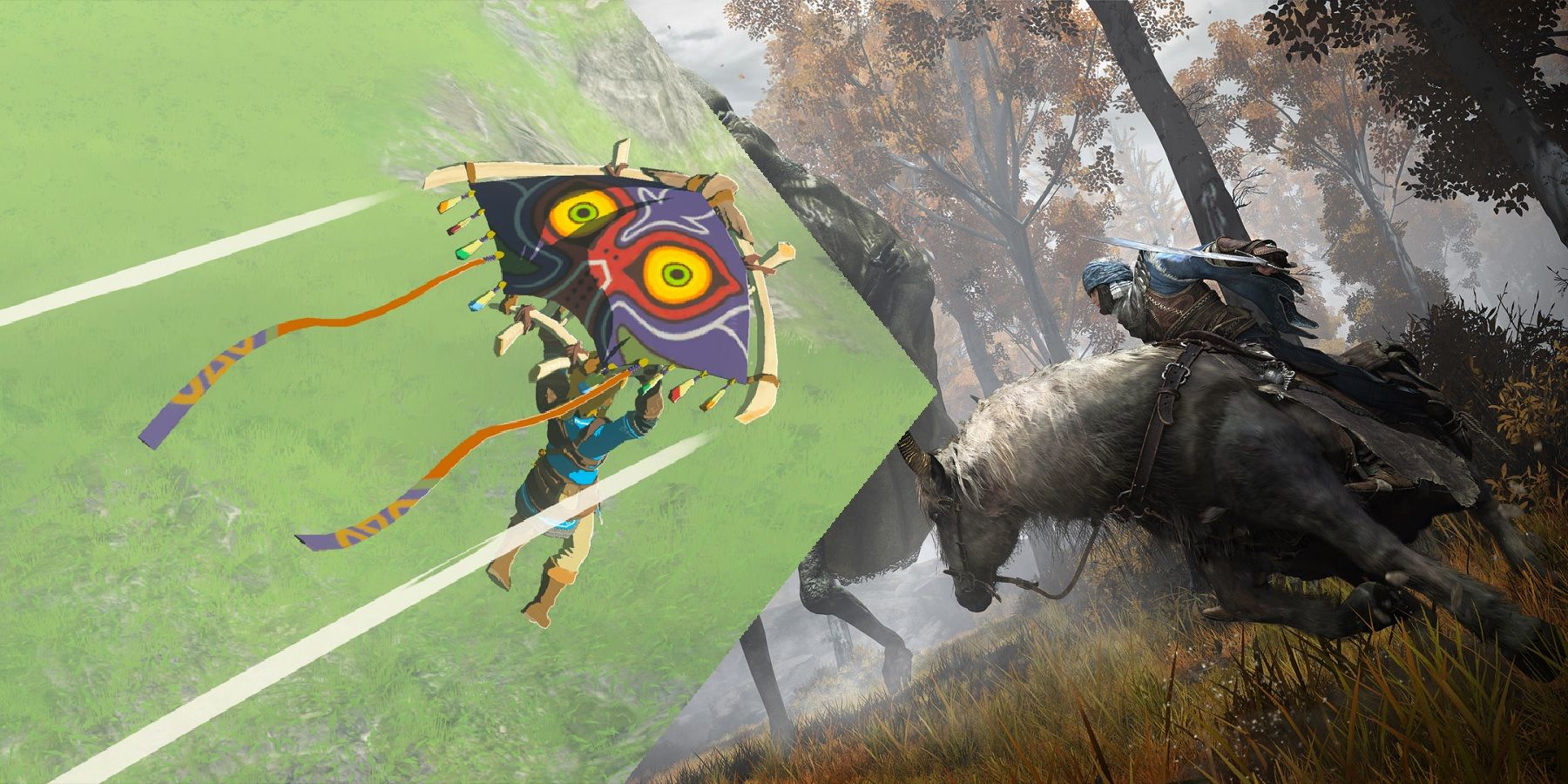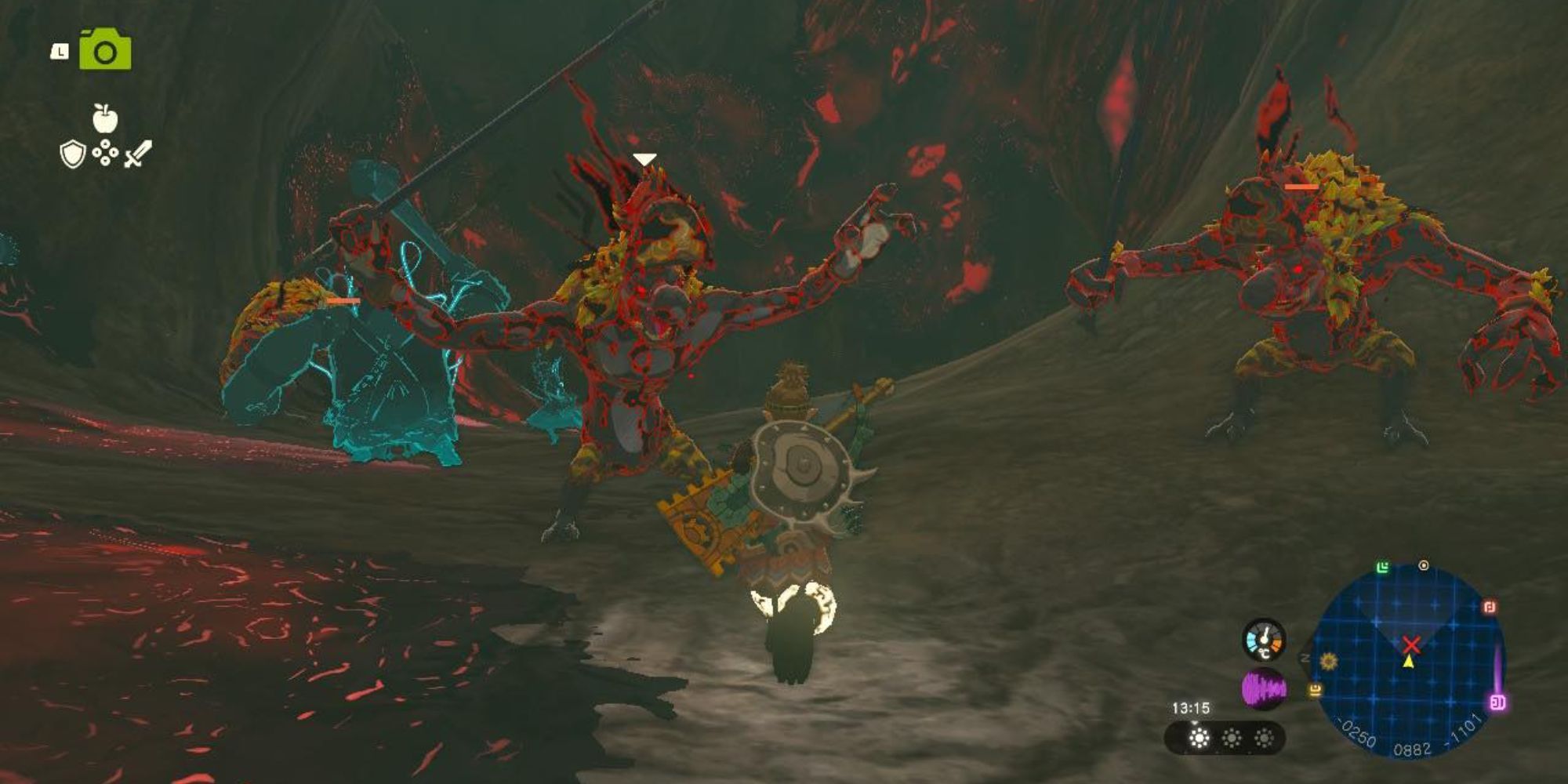The map in Elden Ring is easily the most expansive and open locals that FromSoftware has designed, with the freedom to explore and discover that no other Soulslike has managed to accomplish. However, as the open-world formula has been worked and reworked, maps like Tears of the Kingdom's Hyrule are able to quickly overshadow even the most open Soulslike available.
That isn't to say that Elden Ring lacks enough content or space to spend upwards of a hundred hours cataloging every inch of the Lands Between. What it does allude to, though, is the way that FromSoftware still seems to limit exploration even in its most open titles, as the latest Legend of Zelda offers considerably more freedom by just introducing a new level of verticality to Hyrule.
Layers of Hyrule and the Lands Between
Two of the biggest changes to the open world formula that appear in both Elden Ring and Tears of the Kingdom come from the way that both add multiple layers to their already sprawling maps. In the case of the Lands Between, this includes the top level that players begin the game on, as well as a vast underground that includes locations like the Elden Ring's Siofra River, Mohgwyn Palace, and Nokron. For Hyrule, the increased layers double down with new Sky Islands, as well as the introductions of the Depths that had previously been hidden beneath the world until the Upheaval during Ganondorf's resurrection.
In both of these examples, the new layers added to the map allow for these locations to double up on what can be explored and discovered. It also leads to moments of incredible spectacle throughout Elden Ring and Tears of the Kingdom, where the player's expectations are flipped as they start to explore an entirely new layer that they never expect to be hiding under the map. However, while both games explore the concept of dual-layered maps, the updated structure of Hyrule and its verticality allows for an extra step of freedom than the Lands Between ever does.
Torrent Versus Link's Paraglider
More important than the layers themselves, it is the ways that players are allowed to explore these layers that define the player experience throughout Elden Ring and Tears of the Kingdom. Most notable is the Paraglider Link receives from Purah at the start of Tears of the Kingdom, which is a carryover from Breath of the Wild that allows the player to jump from higher locations and land safely on the ground below.
The opposition to this type of vertical freedom is Elden Ring's Torrent, a horse that can be summoned to any location in the overworld and ridden to move at higher speeds from one point of interest to another. What makes this difference in traversal impact gameplay so significantly is the fact that the lack of being able to freely jump off of a cliff and land safely at the bottom means that exploration is significantly less limited in Hyrule over the Lands Between.
The Sky Islands then compound this issue, as unlocking shrines and teleport locations on these floating locals gives players full reign to glide around Hyrule, almost entirely unobstructed by the paths laid out with the intended roads. This added level of verticality then makes Hyrule a place that allows players to explore however they want, rather than the way that the developer dictates. Combine this with Tears of the Kingdom's most creative Ultrahand builds and the game's exploration overshadows Elden Ring's world in almost every way.
Elden Ring is available now for PC, PS4, PS5, Xbox One, and Xbox Series X/S.

